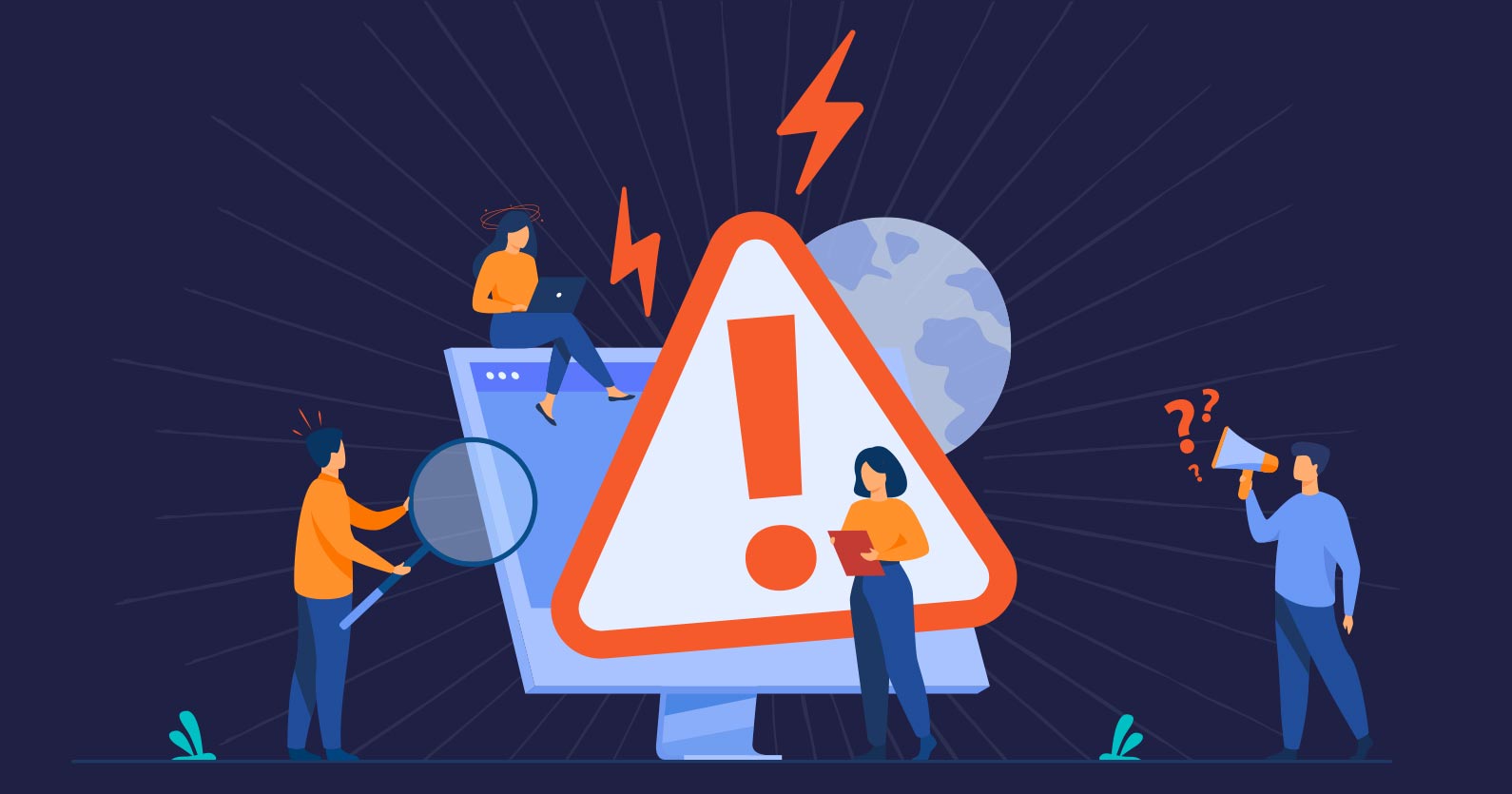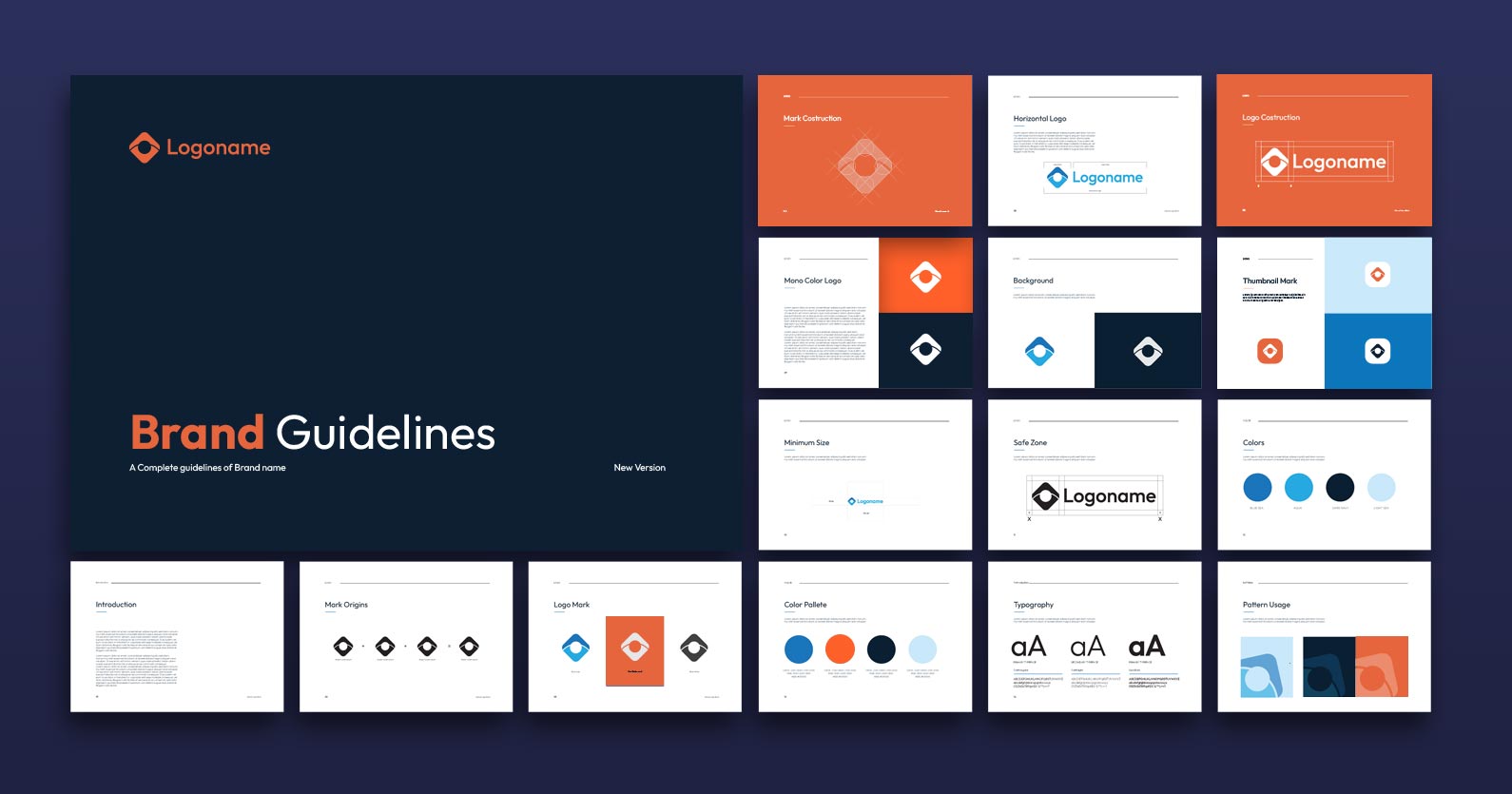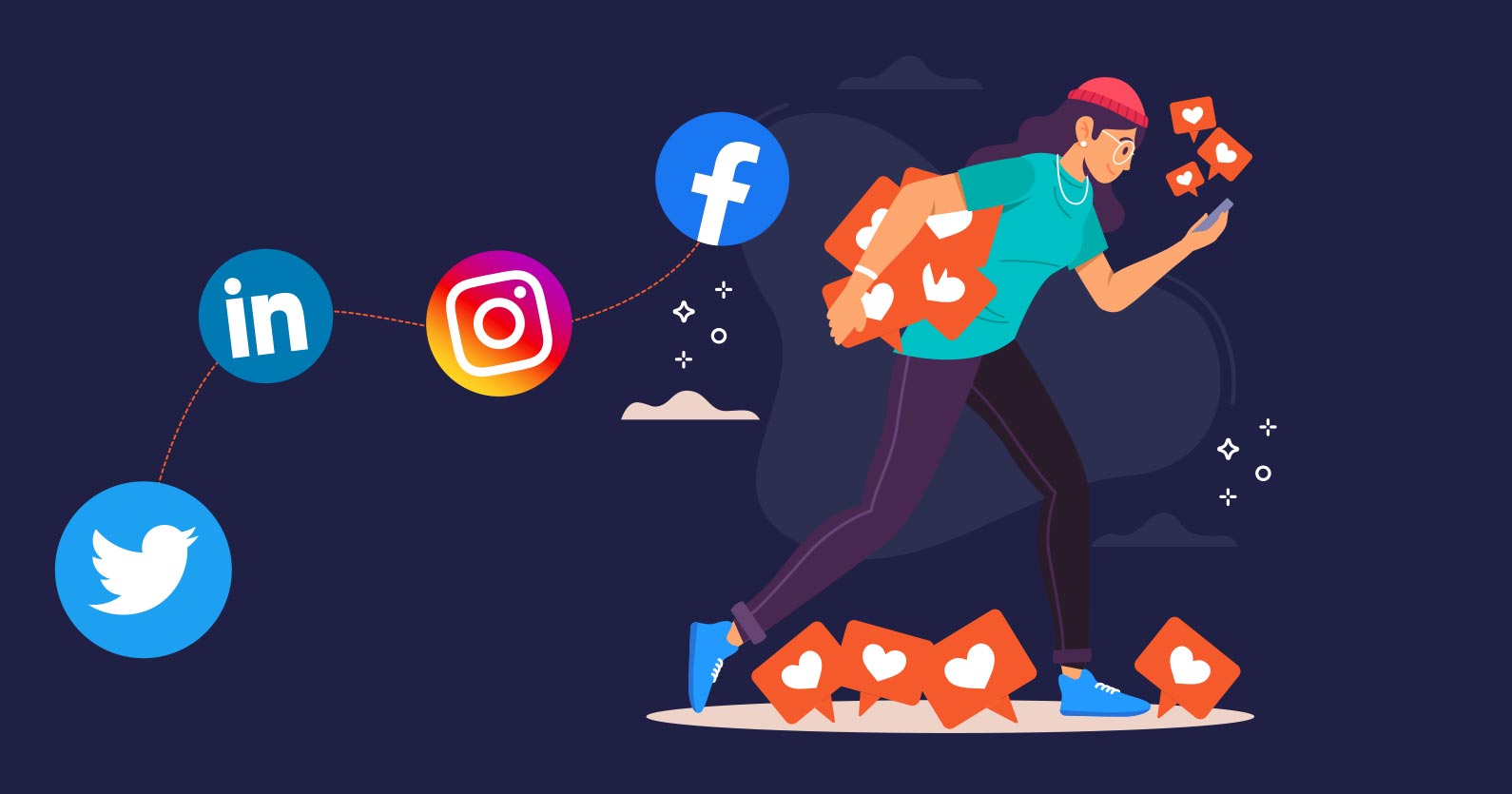7 Common Digital Marketing Mistakes and How to Avoid Them: Part 1

In today’s digital age, establishing a strong online presence is essential for small businesses to thrive and reach their target audience effectively. However, navigating the complex world of digital marketing can be overwhelming, and many businesses fall into the habit of making common digital marketing mistakes that hinder their success. No worries – we’re here to help!
There are lots of ways that we’ve seen small business struggle with their digital marketing. We know that it’s difficult to run a business, manage a team, sell your product or service and handle all of the digital marketing on your own, so we’re sharing this list of the most common digital marketing mistakes in an effort to simplify the process for you.

Mistake #1: Neglecting to Define Target Audience
One of the most common digital marketing mistakes small businesses make is not clearly identifying their target audience. Your target audience is the specific group of people who are most likely to be interested in your products or services. Understanding their needs, preferences, and demographics is crucial for crafting effective marketing strategies.
When you have a clear picture of your target audience, you can tailor your messages and promotions to resonate with them, increasing the chances of attracting their attention and converting them into loyal customers. This common digital marketing mistake can cost you time, money, and effort on marketing campaigns that fail to engage your desired audience.
Defining your target audience effectively is the key to avoiding this common digital marketing mistake. Here are some tips to help you in this process:
Research and analyze: Take the time to research and gather information about your potential customers. Look for insights into their demographics, interests, and online behaviors.
Create buyer personas: Develop detailed profiles of your ideal customers, including their age, gender, occupation, hobbies, and pain points.
Conduct surveys and gather feedback: Engage with your existing customers and ask for their opinions and feedback.
Monitor your competitors: Keep an eye on your competitors’ marketing strategies and observe the audience they are targeting.
Nike’s successful audience targeting is a fantastic example of effective digital marketing. By segmenting their audience based on demographics, interests, and behaviors, Nike creates personalized content that resonates with specific segments. They also leverage influencer marketing to reach a wider audience and engage with their target market on social media platforms.
Nike’s data-driven approach allows them to continuously refine their strategies and optimize campaigns for maximum impact. Through these efforts, Nike has established a strong connection with athletes, sports enthusiasts, and individuals seeking an active lifestyle, positioning themselves as a leading sportswear brand.

Mistake #2: Inconsistent Branding and Messaging
Your brand is more than just a logo or a catchy slogan; it encompasses the overall image, personality, and values that your business represents.
Consistency in branding across all digital platforms builds trust and familiarity with your audience. When customers see your brand consistently portrayed on your website, social media profiles, emails, and advertisements, it creates a sense of reliability and professionalism.
To maintain consistent branding and messaging, here are some effective strategies for small businesses:
Develop brand guidelines: Create a set of guidelines that outline your brand’s visual elements, such as colors, fonts, and imagery.
Craft a compelling brand story: Share your brand’s story and values in a compelling and authentic way. This narrative should be reflected in your content, whether it’s blog posts, social media updates, or videos.
Be consistent across all platforms: Whether it’s your website, social media profiles, or email newsletters, ensure that your branding elements, tone of voice, and messaging remain consistent.
Train your team: Educate and empower your team members to understand and implement your brand’s messaging consistently. Provide them with clear guidelines and examples to ensure that they represent your brand accurately in their interactions with customers.
Apple is a prime example of a company with strong brand consistency. Throughout its history, Apple has maintained a consistent brand image that focuses on sleek design, user-friendly interfaces, and innovative technology.
From their product packaging to their marketing campaigns, Apple’s branding elements, such as the iconic logo and minimalist aesthetic, are consistently reflected. Whether it’s the iPhone, MacBooks, or Apple Stores, the company’s commitment to brand consistency has created a strong and recognizable identity that resonates with consumers worldwide.

Mistake #3: Failing to Optimize for Search Engines
Search engine optimization, or SEO for short, plays a crucial role in ensuring that your business gets noticed online. In simple terms, SEO involves optimizing your website and content so that search engines like Google can easily find, understand, and rank them higher in search results.
When people search for products or services related to your business, you want to be among the top results. Studies show that most users rarely venture beyond the first page of search results, so having a strong SEO strategy can significantly increase your chances of attracting organic traffic to your website.
Failing to optimize your SEO is common digital marketing mistake that is fixable, with a little knowledge and the right tools. Here are some key strategies that small businesses can employ:
Research relevant keywords: Start by identifying the keywords and phrases that people are likely to use when searching for products or services similar to yours.
Optimize your website: Ensure that your website is user-friendly, loads quickly, and is mobile-responsive. Organize your content with clear headings and subheadings, and make sure to include relevant keywords naturally throughout your website’s pages.
Create high-quality content: Producing valuable and engaging content not only helps attract visitors to your site but also improves your SEO. Regularly publish informative blog posts, articles, and videos that are relevant to your target audience and incorporate targeted keywords.
Build quality backlinks: Backlinks, which are links from other reputable websites to your own, can significantly improve your SEO. Seek opportunities to collaborate with influencers or guest post on industry-related websites to gain valuable backlinks.
You can use tools like Google Analytics, Moz, or SEMRush to help with SEO. These tools can significantly aid your SEO efforts, but it’s important to explore their features and select the ones that align with your specific needs and goals.

Mistake #4: Overlooking the Power of Social Media
Social media marketing has become an essential tool for small businesses to connect with their target audience and build a strong online presence. The benefits are plentiful. Social media platforms allow you to reach a vast audience instantly, helping you increase brand awareness and visibility.
Social media provides a platform for direct and authentic communication with your customers, allowing you to build relationships and engage in conversations. And, social media marketing is cost-effective, making it an attractive option for small businesses with limited budgets.
When using social media marketing, it’s important to choose the right platforms for your target audience. Here are a few platforms to consider and their key target demographics:
Facebook: With its massive user base, Facebook is suitable for businesses targeting a wide range of demographics. It is particularly popular among adults aged 25 and above.
Instagram: Known for its visually appealing content, Instagram attracts a younger audience, particularly those in the 18-34 age range.
Twitter: Twitter is a platform that thrives on real-time conversations and news updates. It appeals to a diverse audience and is particularly popular among professionals, journalists, and influencers.
LinkedIn: Geared towards professionals and businesses, LinkedIn offers opportunities for networking, industry-specific discussions, and targeted advertising. It is the go-to platform for B2B (business-to-business) interactions and recruitment efforts.
By taking the time to understand your audience, you’ll be able to engage your ideal clients where they are. Create images videos and graphics with compelling captions to grab their attention and spark conversations. Hashtags related to your industry are helpful in reaching a wider audience, just keep them relevant so your posts don’t look spammy. And offer useful content: tips, industry insights, or educational content. This helpful content is often shared by your users!
Be sure to take a look at 7 Common Digital Marketing Mistakes and How to Avoid Them: Part 2. To kickstart your digital marketing efforts and ensure you’re on the right track, consider scheduling a Digital Marketing Jumpstart. We work with you to develop a customized strategy, identify target audiences, optimize your online presence, and set measurable goals. Don’t let common digital marketing mistakes hinder your success. Take action now and schedule a Digital Marketing Jumpstart to propel your business forward in the digital landscape.
Jumpstart Your Digital Marketing BOOK A COFFEE
BOOK A COFFEE 








